My success with a 100 year old productivity hack
My clients aren’t as interested in what’s new in the world of productivity as they are in what actually works. The dilemma of where to focus in a world of information overload feels like a modern dilemma, though the quest for working more efficiently isn’t a new one. I’ve been re-reading the 80 year old book Think And Grow Rich. Not only is it timeless wisdom on the power of visioning, goal-setting, and persistence, but it couldn’t be more relevant. I believe everything is relative; it was born of a time when, like now, technology and industry were expanding, and capitalists were harnessing the forward motion of the times. From their perspective, they too probably felt that times were more complex than they were 50 years previous!
Perhaps this is why my ears perked up when I read about the 100 year old to do list hack that still works like a charm. What worked 100 yrs ago can absolutely still work today. In fact, we should pay close attention to what was born of a time before modern-day distractions.
I actually try to avoid the deceptive word “hack.” Behind every step-by-step hack is old fashioned discipline. This to do list “hack" only works if you have the discipline to commit to it.
I try to only share tips that I’ve tested personally, or that I’ve seen work for clients. This tip falls under the “things I would do if I knew what was good for me” category - and as of a week ago, I’m doing it. Here’s the hack (that takes great discipline to pull off!):
#1: At the end of each workday, write down the six most important things you need to accomplish tomorrow.
Do not write down more than six tasks.
Click to read the following 4 steps in the full story on Fast Company.
In playing with it, I’ve come to understand why it’s important to make the list in the evening, as opposed to the morning. In the morning, we let our email and other low priority tasks trickle in. Not only do we jump on those before (or in lieu of) planning our day, but we then plan from a reactive, shallower, or even panicked place, rather than a proactive place. At the close of our day, we use a reflective perspective to catch what didn’t happen that day, adding it to the list.
I have also come to appreciate how this ritual is the missing link I needed to mark the official close of my work day. If not making my list before dinner, work spreads into the night at a sub-optimal energy level. If at 11am I remember that I didn’t make my list, it either doesn’t happen, or doesn’t reflect the correct priorities.
Have you experimented with designing the following day the night before? Are you already committed to this or a similar method? Please share in the comments!
Thank you to Kevin Rose and Amy Lynn Andrews for their original posts to the Fast Company article.

